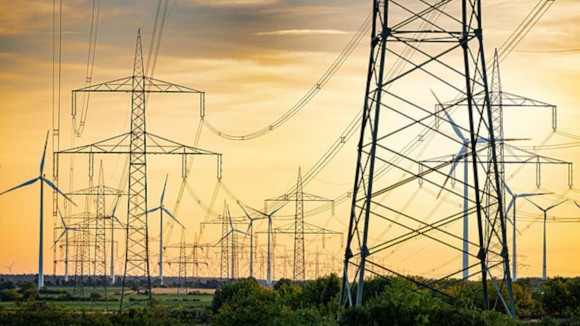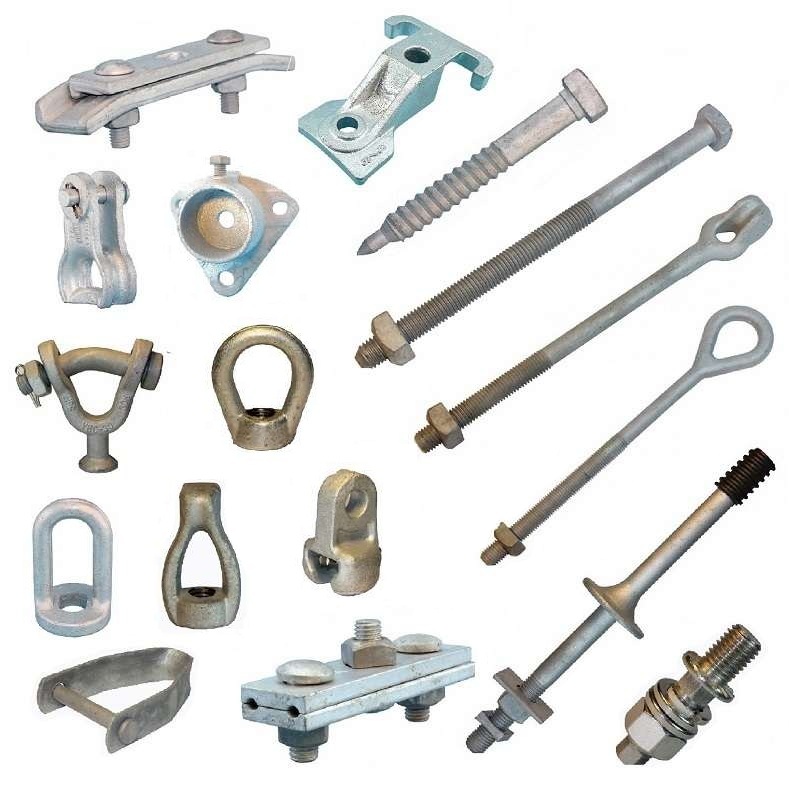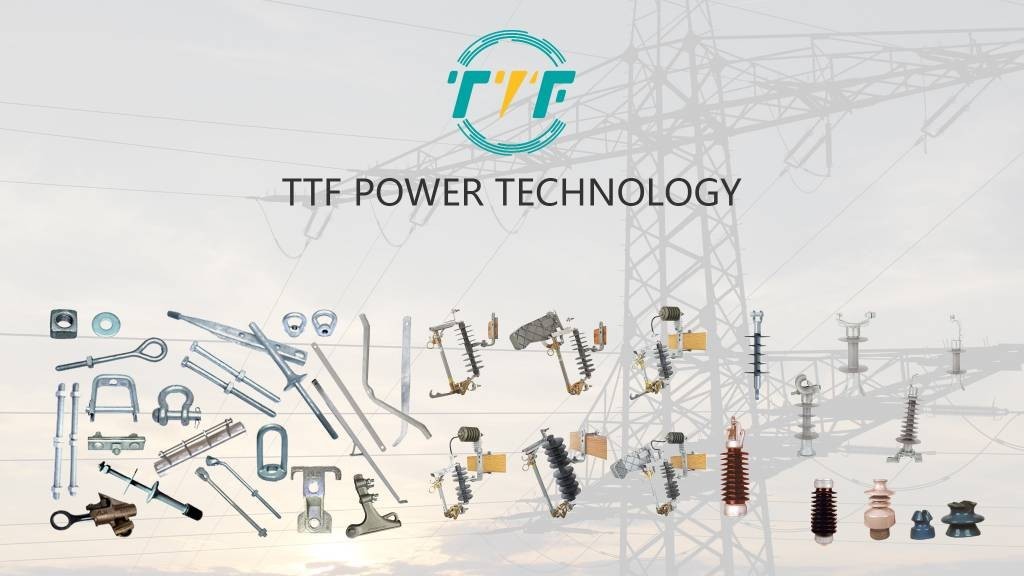
The transition from fossil fuels in South America requires significant investments in several sectors. This includes grid modernization, transport electrification, renewable energy, and green hydrogen. Investments provide some significant opportunities in the energy infrastructure sector in South America. Investments help support the growing economies and increasing demand for energy. Most investments in the region are going into renewables. This is including funding renewables like wind turbines or large-scale solar farms. This can help South America transition towards a cleaner and low-carbon energy future. Discover the factors to consider for investments and the role of line construction hardware in ensuring energy sustainability.
Line construction hardware plays a crucial role in the development and maintenance of energy infrastructure. They help in renewable energy projects and grid modernization efforts. The specific type of line construction hardware depends on the needs of the applications. For instance, it is important to consider voltage level, line configuration, and environmental conditions before selecting the hardware. By supporting renewable energy integration, improving grid reliability, and enhancing rural electrification, this hardware ensures the energy sustainability in South America. Meanwhile, investments in South America’s energy infrastructure provide opportunities for decarbonization. Let us dive into policies, initiatives, and challenges facing investments in the region.
Factors to consider when investing in South America’s energy infrastructure
There are several factors that may influence investments opportunities in South America’s energy infrastructure. It is important to consider these factors to ensure long-term success and profitability. South America provides opportunities for investments in areas like the renewable energy sector and grid modernization. Additionally, it is advisable for investors to put in place a strategic approach that aligns with local policies. This will position them for long-term success in South America. Line construction hardware reduces the need for frequent repairs and replacements. This help to lowers the operational costs. The following are the factors to consider when investing in South America’s energy infrastructure.

- Political and regulatory environment – political stability varies across the region. The investors need to assess the political risk in South American countries. Government stability ensures predictable regulations and investment protections. It is important to consider policies and incentives on energy development, renewable energy targets, subsidies, and tax incentives. For instance, Chile has a strong renewable energy framework. Argentina has launched measures to attract investments in wind and solar power.
- Economic conditions – investors should consider evading investments in countries with relatively stable currencies. Further, it is important to consider the availability of local and international financing for infrastructure projects.
- Energy demand and growth – growing demand drives investment opportunities in both renewable and non-renewable energy infrastructures. Countries like Brazil and Colombia have large and growing populations. This presents demand for electricity and therefore investments.
- Grid modernization – investments in grid upgrades, smart grid technology, and energy-efficient transmission systems help reduce energy losses and improve reliability. Additionally, cross-border energy trading provides opportunities for improved energy security. Investors should consider countries like Brazil, Paraguay, and Uruguay. These countriesare emerging in cross-border energy trading.
- Partnerships and public-private collaborations – many South American countries are leveraging public-private partnerships to finance energy infrastructure. Countries like Brazil, Colombia, and Chile have strong PPP frameworks. They reduce risks by sharing the financial burden with the government.
Role of line construction hardware in ensuring energy sustainability
Due to the growing focus on renewable energy sources, the role of high-quality construction hardware is crucial. Line construction hardware eases the efficient and reliable transmission of electricity. It also helps improve grid reliability, enhance rural electrification, and ease smart grid advancements. By doing so, line construction hardware is essential in achieving South America’s energy sustainability goals. The following are the functions of line construction hardware that contribute to energy sustainability in the region.

- Supporting renewable energy integration – the hardware is vital in transporting electricity generated from renewable energy sources. For instance, wind farms in Patagonia or solar farms in the Atacama Desert need reliable transmission lines.
- Improving grid resilience – high-quality line construction hardware ensures power transmission is resilient to extreme weather conditions. They also help reduce energy losses during transmission to ensure it reaches consumers.
- Facilitating smart grid development – modern line construction hardware is compatible with smart grid technologies. This enables real-time monitoring, fault detection, and automated responses to power disruptions.
- Lowering operational and maintenance costs – the hardware reduces the need for frequent repairs and replacements. Investing in durable infrastructure ensures the sustainability of energy projects.